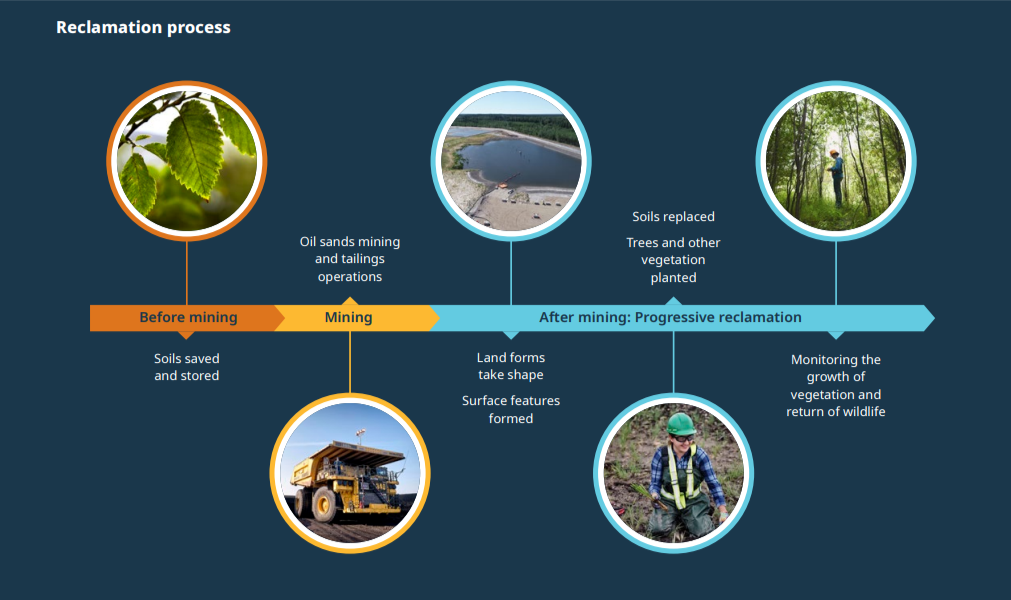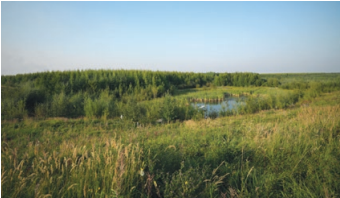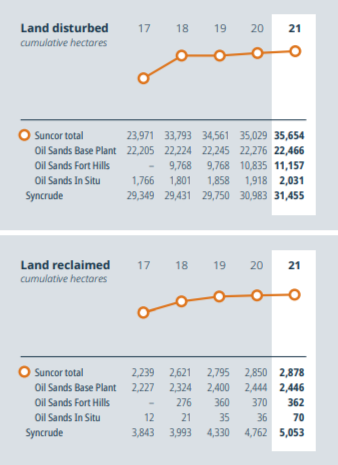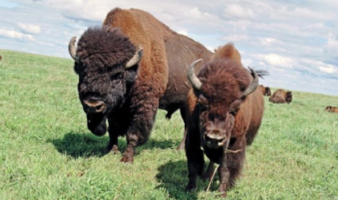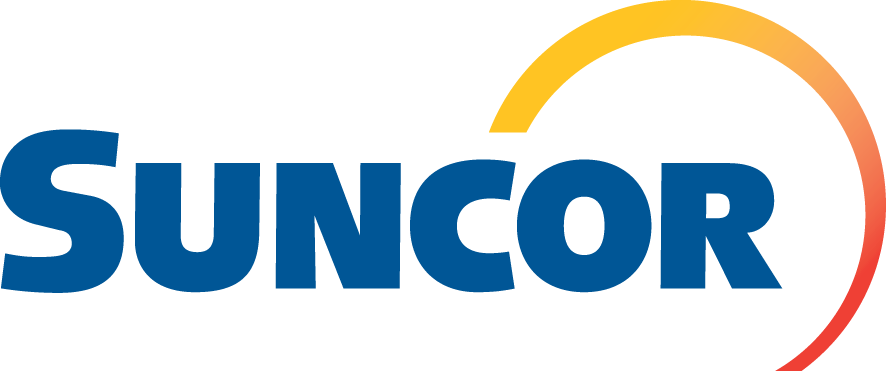Suncor 2022 Report on Sustainability: Land and Reclamation
Energy development disturbs land. To help address this, we create and implement detailed reclamation plans to mitigate the impact of our operations.
We focus on reducing the amount of land we disturb and facilitating the return of a biologically diverse landscape and naturally sustainable ecosystems. To do this, we are:
- reducing the impact of our operations on the environment through scientific research and implementing best management practices
- collaborating with neighbouring companies to reduce the cumulative effects of development
- progressively reclaiming disturbed lands no longer required to support operations
- working with industry peers and multi-stakeholder organizations on initiatives to conserve and reclaim habitat for birds, mammals, fish and other species
- integrating traditional knowledge from Indigenous Peoples.
How the land will be used following reclamation and closure is referred to as end land use. This is an important consideration throughout the life cycle of a project, from initial planning through to final reclamation*. This includes considerations such as what species to plant and when and where to plant them. Before developing a new mine or in situ project, our plans outline the life of the project through to reclamation and closure. We update plans regularly throughout the project and incorporate changes, new knowledge and technologies as they are developed.
The Alberta Energy Regulator must authorize reclamation and closure plans for all new projects in Alberta and approve updated plans as they are developed.
Reclamation performance
Mining
Since Suncor began Base Plant operations in 1967, the site has disturbed 22,466 hectares (ha) of land. We have reclaimed approximately 11% of the total land disturbance as of 2021, bringing our cumulative land reclamation total to 2,446 ha. In 2021, we planted approximately 26,370 tree and shrub seedlings in reclamation areas at Base Plant, bringing the total cumulative seedlings planted to more than 9 million. With the mineable resource at Base Plant’s Millennium and North Steepbank Extension mines anticipated to be depleted in the next decade (2030s), we are adding detail to our plan for reclamation and closure of the site, which will include engagement with local Indigenous communities.
The Fort Hills site started production in 2018 and has disturbed 11,157 ha of land. Fort Hills is in the early stage of development with limited reclamation opportunities currently. We plan to progress reclamation as quickly as possible when areas are no longer required for operations.
Syncrude started operation in 1978 and has disturbed 31,455 ha. Since that time, 5,053 ha has been reclaimed, including 104 ha of land certified and returned to the Crown. This represents over 15% of the operation’s total disturbed land. In addition, approximately 12 million tree and shrub seedlings have been planted. In 2021, more than 300 ha were reclaimed, and more than 961,000 seedlings planted. An additional 1,200 ha of reclaimed land are used for a wood bison ranch co-managed with the neighbouring Fort McKay First Nation.
Work has started to look at opportunities to learn from each other and to integrate Suncor and Syncrude approaches to reclamation.
In Situ
Since our Firebag and MacKay River in situ sites began operating in 2004 and 2002 respectively, they have disturbed a cumulative total of 2,031 ha with approximately 68 ha of land that have been permanently reclaimed and are being monitored. We received two reclamation certificates from the Alberta Energy Regulator in 2021 for borrow pits at our Firebag site, bringing the total cumulative number of hectares certified and returned to the Crown at the two projects to 16.5 ha. Following a significant planting program in 2021, we reclaimed another borrow pit to a mosaic of upland and wetland ecosites at Firebag. Seedlings were grown from locally sourced stock and included species of interest to Indigenous communities.
Bison
Syncrude and the Fort McKay First Nation introduced 30 wood bison to a reclaimed area in 1993 to assess the capability of the landscape to support large mammals. Today, approximately 300 bison graze on three reclaimed areas within Syncrude operations, named Beaver Creek Wood Bison Ranch. Two of the areas are predominantly grassland; the third area is a boreal forest, with coniferous and deciduous trees, as well as local shrubs and grasses. The herd provides the opportunity to explore a valuable end land use for the reclaimed landscape, while supporting beneficial partnerships with Indigenous communities. It has also contributed to a genetic preservation project led by scientists from the University of Calgary, the University of Saskatchewan, the Canadian Food Inspection Agency, Parks Canada, the Government of the Northwest Territories and the Calgary Zoo.

